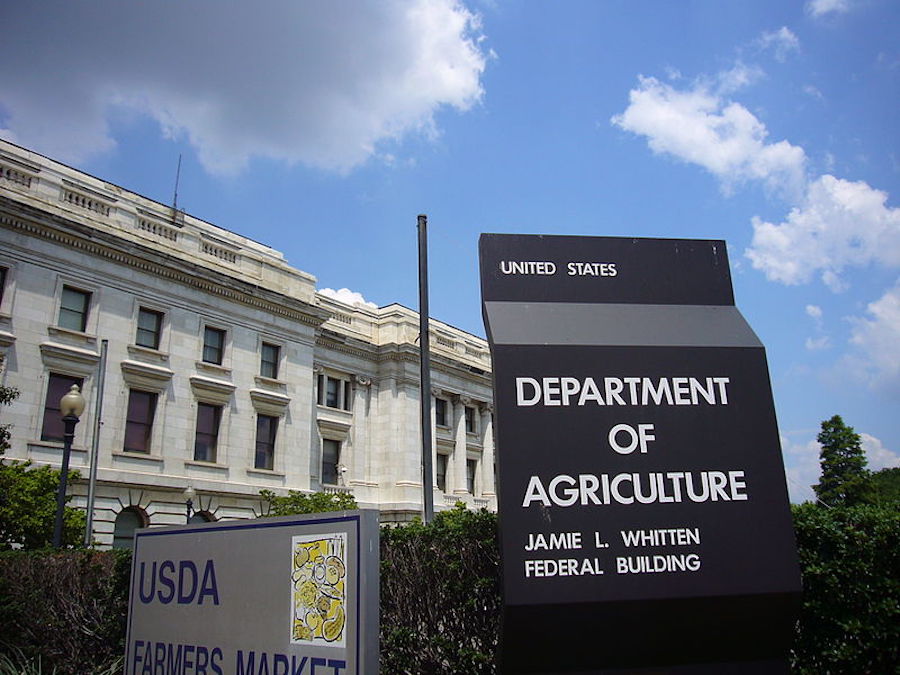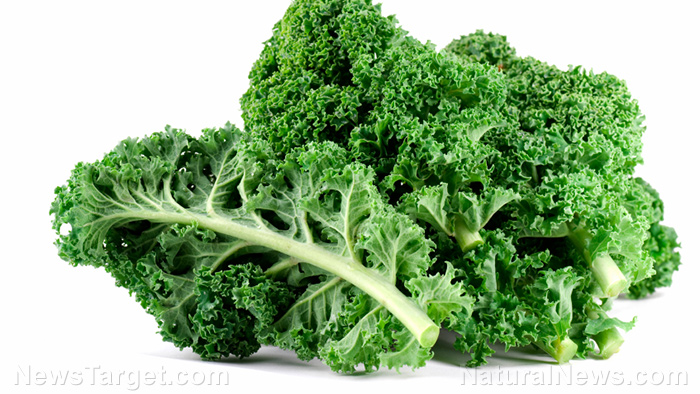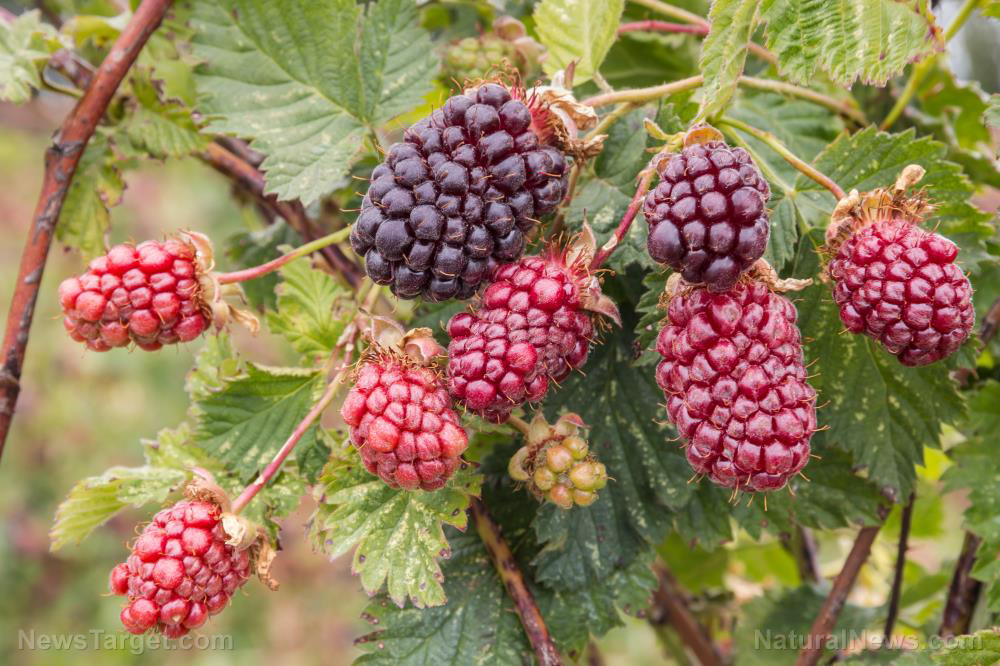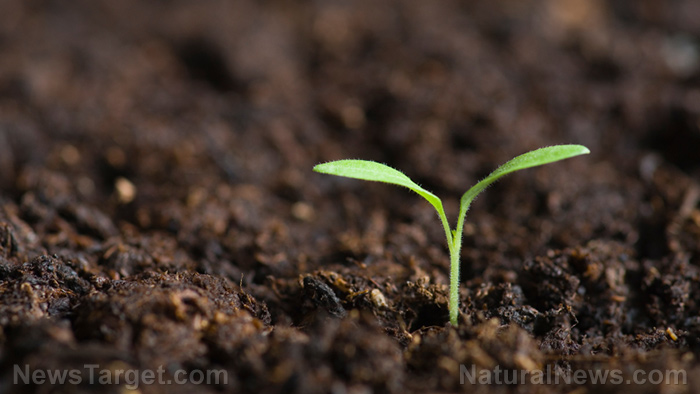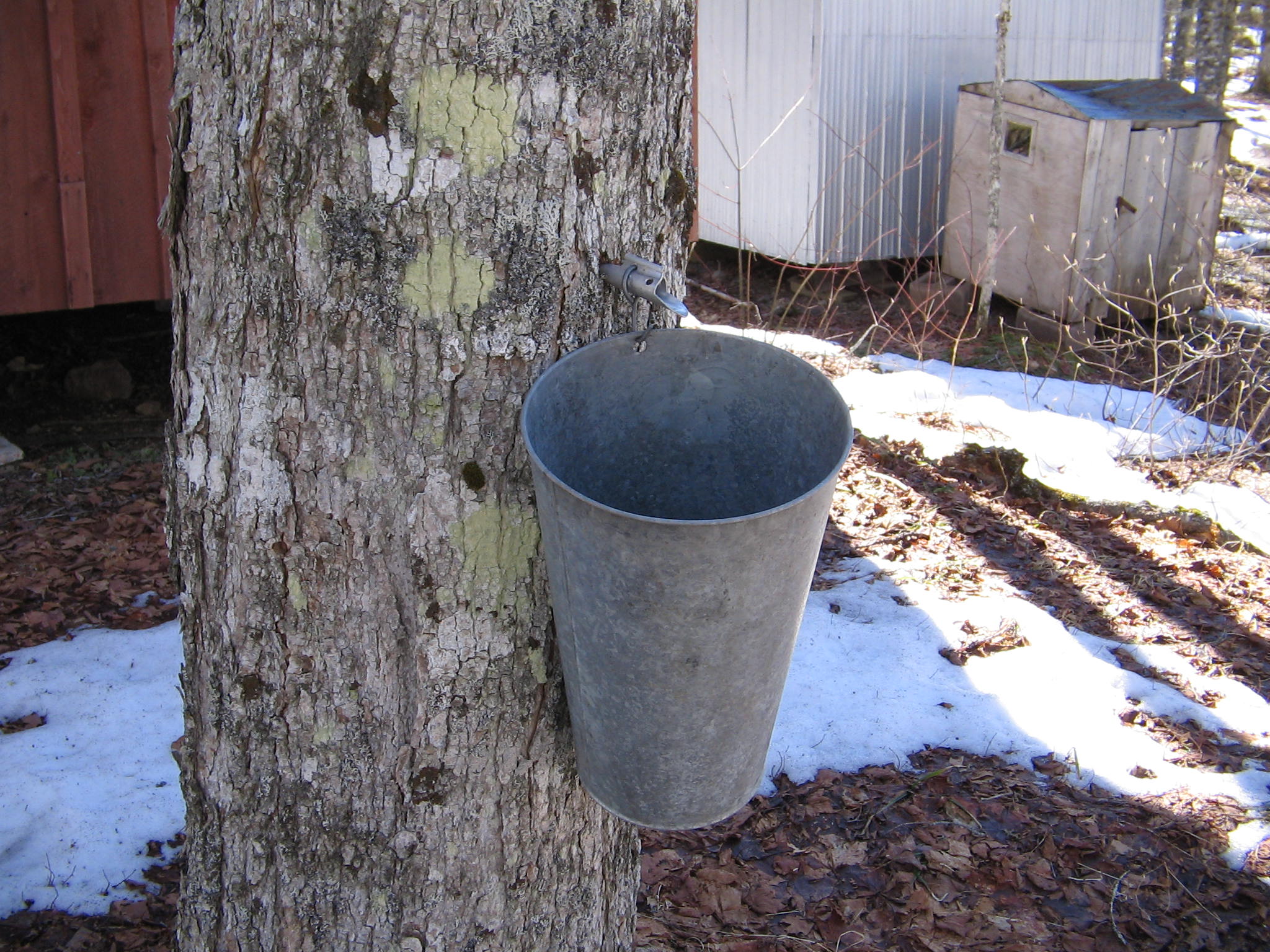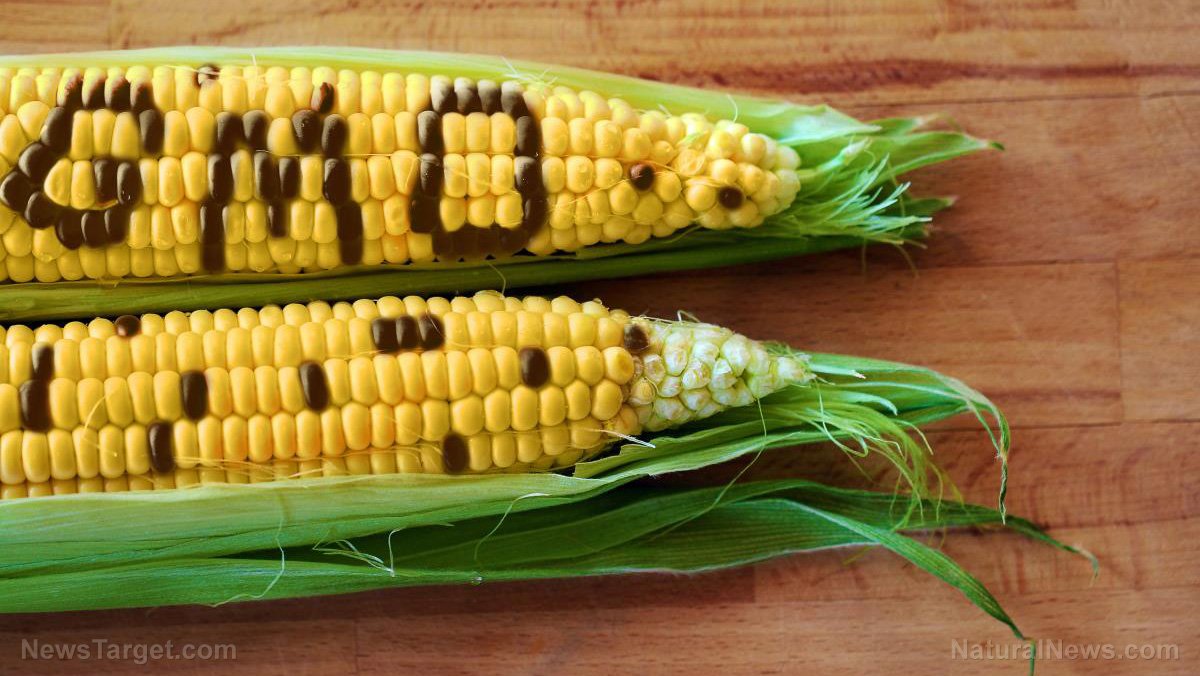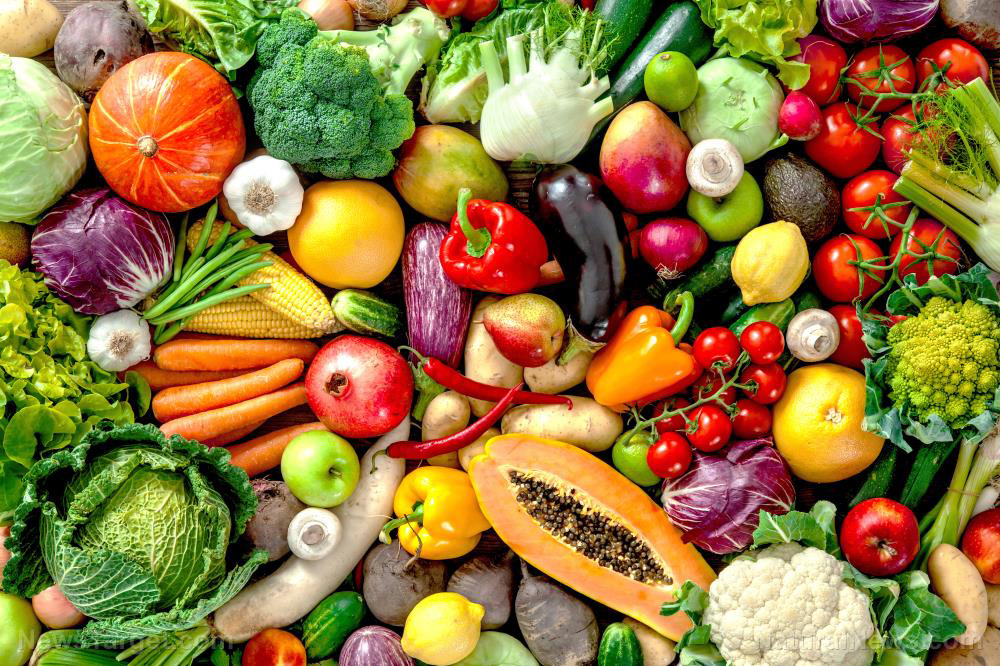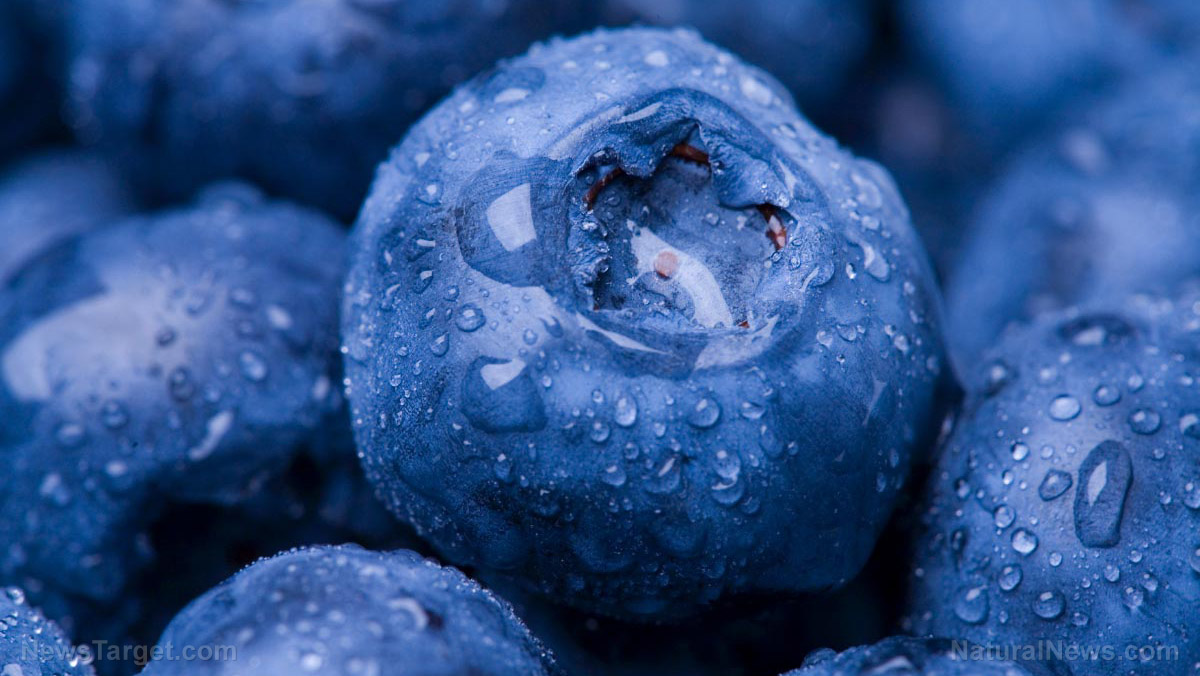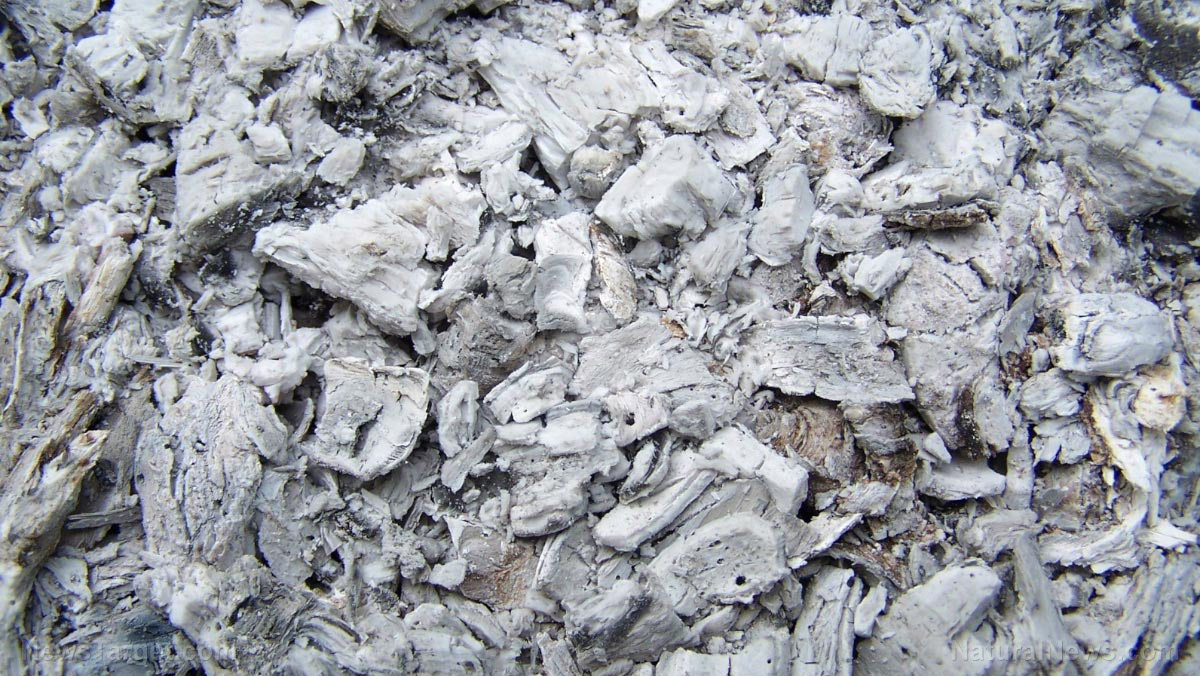Determining the parameters of manure distribution for optimal uniformity
02/22/2019 / By RJ Jhonson
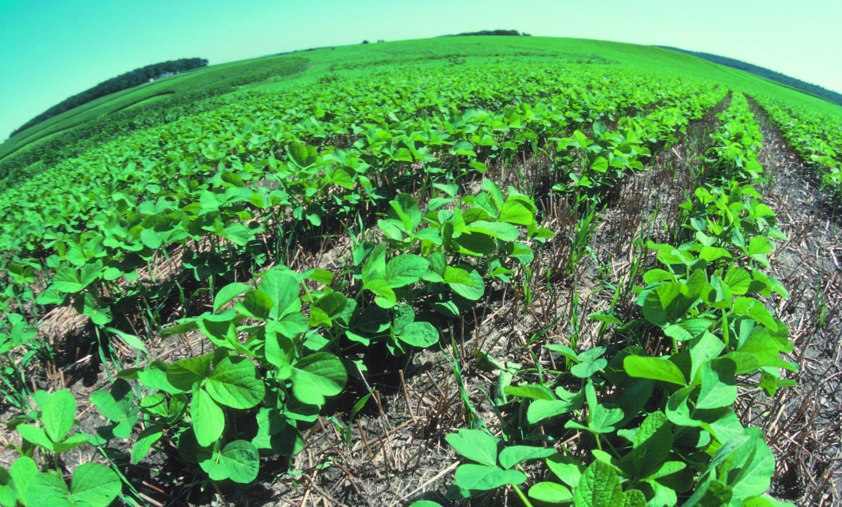
A study that was published in the journal Engineering in Agriculture, Environment and Food identified parameters that can be used to determine the effectiveness of a new type of helical two-sided manure distributor. The findings can be used to gauge if such a technology is indeed better than what is currently used in many organic farms.
Manure is one of the most popular – and most common – organic fertilizers used today. Considering the size of their operation, large organic farms tend to depend on mechanical manure spreaders for maximum efficiency. However, these machines tend to spread the fertilizer with varying and often inconsistent uniformity depending on the manure’s moisture level.
In most modern manure spreaders, the manure is propelled outward by a rotating mechanism powered by the movement of their wheels. These machines are often dragged behind tractors. While these machines work acceptably on dry manure, their efficiency tends to deteriorate when used with moist fertilizer, which tends to clump together.
The authors of the study considered the use of a helical two-sided manure spreader, one that is able to spread manure with different moisture contents, featuring a long distribution width and uniform patterns. This type of machine pushes both dry and moist manure outwards through a drum using the rotation of an auger.
They performed a series of simulations to determine the effects of variations in factors like the moisture content of the manure, the forward velocity, and rotation in the drums. They found that in manure with moisture contents of 23 percent wet basis (w.b.) and 54 percent w.b. and a rotation speed of 1,000 rotations per minute (rpm), the machine had a maximum distribution width of 19.3 m and 23.3 m respectively.
From these findings, the researchers concluded that in a helical two-sided manure spreader, the moisture content of the manure and the machine’s rotational speed worked hand-in-hand to determine the overall uniformity of the machine’s output. Specifically, increasing the manure’s moisture content also correlated with increased uniformity in its distribution.
The benefits of manure as fertilizer
Manure is used widely as a fertilizer in both conventional and organic farms because of its many time-tested and scientifically proven benefits, not just on plants but also on the environment as a whole. These include the following:
- It contains vital nutrients – Manure is rich in many of the nutrients plants need to survive and thrive, such as nitrogen, potassium, phosphorus, and a variety of micronutrients.
- It brings back soil health – Manure fertilizers are rich in carbon that helps create an environment ideal for microbial growth. These microorganisms play an essential role in stabilizing nutrients in the soil and making them readily available for plants to absorb.
- It is gentler on the soil – Manure contains organic elements that do not have as much of the negative effects of their artificial counterparts. Nitrogen, for example, is often used as either nitrate or ammonia. This form is soluble in water and leaches easily during heavy rainfall or irrigation, contributing to both water and ground pollution. The organic nitrogen in manure, on the other hand, tends to get released slowly, right as the ground warms and when the plants need it the most. Because of this, it does not have as much leaching potential as artificial nitrogen fertilizers. (Related: Simple manure replacing toxic chemicals as fertilizer of choice.)
- It reduces soil erosion – When applied, manure coats the soil and prevents falling rain from making contact with it. This prevents rainfall from easily loosening the soil and making it more prone to erosion. This effect has been observed in crop residue as well.
- It saves energy – Recycling the nutrients in manure uses way less energy than producing new nutrient sources, such as artificial fertilizers. Producing ammonia uses plenty of natural gas, while elements like potassium and phosphorus require extensive mining. Manure provides all these nutrients while extending the use of investments made on animal feeds.
Learn how to effectively use manure for your home garden at HomeGardeningNews.com.
Sources include:
Tagged Under: agriculture, farming equipment, fertilizer, harvest, manure, manure distribution, manure spreader, modern farming, organic farming


